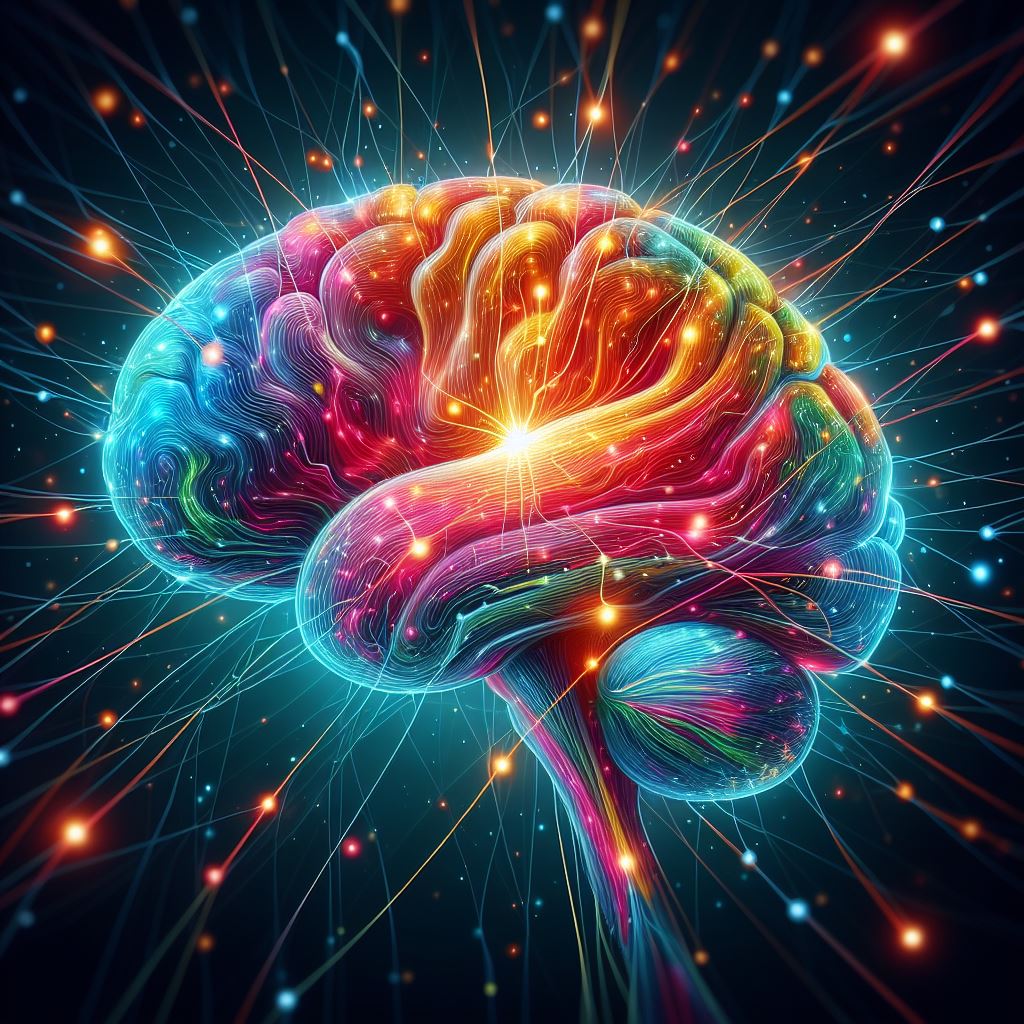Learning in human beings is accomplished because of the firing together of various cell groupings within the brain. Thus, when the neurons that code for the concept of dog start to fire together from the cells that encode features of a dog four legs, fur, a tail, etc. fairly soon, a young child can identify dogs. Brain wiring, however, begins long time before the arrival of humans in the world, way before the experiences or senses like sight to guide this cellular circuitry. How?
Their findings were published in the journal Science.
One of the fundamental questions we are pursuing is how the brain gets wired during development,
What are the rules and mechanisms that govern brain wiring? These findings help answer that question.
Michael Crair
The researchers focused on mouse retinal ganglion cells in the study, which project from the retina to the superior colliculus a part of the brain where they synapse onto downstream target neurons. In this experiment, the team measured the activity of a single retinal ganglion cell and the anatomical changes it underwent during development, as well as the activity of the surrounding cells, in awake neonatal mice whose eyes had not yet opened. This rather technically demanding experiment could be performed because state-of-the-art microscopy techniques and fluorescent proteins that report cell activity and anatomy are available.
Prior research has suggested that before any form of sensory experience occurs, such as humans receiving light in the womb or, in the case of young mice, in anticipation before the opening of their eyes, activity waves emerge spontaneously and can correlate with one another. In the new study, researchers found that if the activity of a single retinal ganglion cell was strongly synchronized with waves of spontaneous activity in surrounding cells, then the axon of that single cell or the component of a cell that sends messages to other cells would grow new branches. If the activity was weakly synchronized, axon branches would be pruned.
That tells us that when these cells fire together, associations are strengthened,
The branching of axons allows more connections to be made between the retinal ganglion cell and the neurons sharing the synchronized activity in the superior colliculus circuit.
Liang Liang
This observation is consistent with what is called “Hebb’s rule,” an idea that psychologist Donald Hebb proposed way back in 1949, when Hebb suggested that when one cell repeatedly causes another cell to fire off a signal, the connections between the two are strengthened.
Hebb’s rule is applied quite a lot in psychology to explain the brain basis of learning,
Here we show that it also applies during early brain development with subcellular precision.
Michael Crair
Knowing where on the cell branch formation was most likely to occur, in the new study, researchers have further disrupted the pattern when the synchronization between the cell and the spontaneous waves was disturbed.
It was well documented that spontaneous activity had occurred during development in a number of other neural circuits including the spinal cord, hippocampus, and cochlea. While the exact pattern of cellular activity would be different in each of those areas, said Crair, similar rules might govern how cellular wiring takes place in those circuits.
In the future, the authors will determine whether such axon-branching patterns persist after a mouse’s eyes open and what occurs to the downstream connected neuron when a new axon branch forms.
Also, Read| Environmental Bacteria Could Form Better Antibiotics
The Crair and Liang labs will continue to combine our expertise in brain development and single-cell imaging to examine how the assembly and refinement of brain circuits is guided by precise patterns of neural activity at different developmental stages.
Liang Liang
Source: Yale University
Journal Reference: Matsumoto, Naoyuki, et al. “Hebbian Instruction of Axonal Connectivity by Endogenous Correlated Spontaneous Activity.” Science, 2024, DOI: https://doi.org/10.1126/science.adh7814.
Last Modified:






